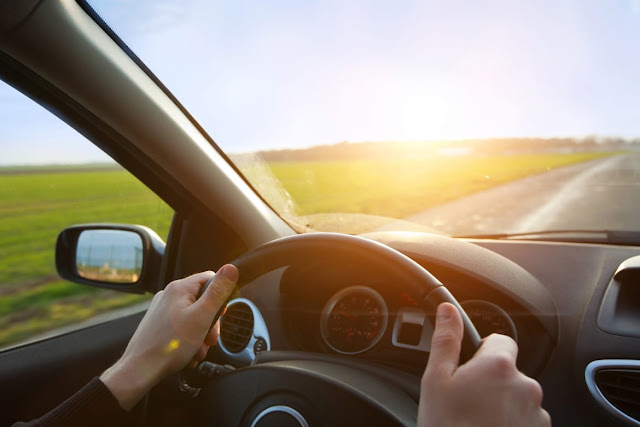This is a sponsored post. All opinions are mine.
 |
| source |
Safety-belt Features
Seatbelt is one of the most importance piece of safety equipment. When a car crash happen, seat belts will keep you inside the car reducing the risk of colliding with the steering wheel, dashboard or windshield. Today seat belts has enhanced features to improve seat belt performance.
Seatbelt pretentioners retract the seat belt to remove excess slack during frontal impact. Adjustable upper belts allow you to change the position of the shoulder strap to adjust to a person's size making it more comfortable thus encouraging its use. There are car models that offer inflatable safety belts in the rear seat, which further reduce force of the belts on the back passengers during accident then spread the forces over a wide range. This is particularly useful with more vulnerable passengers like children and elderly.
LATCH (Lower Anchors and Tethers for Children) System
This is a must have especially for family with children. Although all vehicles are now required to have the LATCH system to make car seat installation easier and more secure. This system has built-in lower anchors and top-tether attachment points that's designed to encourage the use of car seat for children.
Air Bag
Front air bags have been standard safety features on all new cars. Front air bags inflate to prevent passengers from hitting the dashboard, steering wheel and windshield. Side air bags on the other hand, reduce the risk that passengers will hit the door or objects that crash through it. While airbags can saved lives, they may also cause potential injury or death if the passengers are not wearing seatbelts.
Lane Departure Warning Systems (LDW)
LDW systems alert you if you steer your car out of its lane without the turn signals activated. These systems use a camera or lasers to monitor lane markers. If you leave your lane LDW may sound a chime, blink a dashboard telltale, and/or vibrate the steering wheel or seat.
Rearview Camera
Rearview camera is a tiny camera that is mounted on the back of the vehicle. It transmit an image to the dashboard or rear mirror to make it easier to see people or object behind you.
Enhanced Visibility
This safety feature, offered by some luxury cars, is an infrared night vision that can alert the driver with the hindrances waiting beyond the reach of the headlights. There are also some cars with adaptive headlights that shift when turning to help you see around curves.
Antilock Brake System (ABS)
ABS prevents a vehicle's wheels from locking during panic breaking. This allows the driver to maintain greater steering control that may avoid a collision, but it does not guarantee the ability to avoid crash. There will still be possibility of losing control when driving at excessive speed. Proper use of ABS can provide the greatest safety benefit from the system.
Forward Collision Avoidance System
This is system is also called pre-crash warning system that is often combined with automatic braking. This warning system alerts the drivers, with visual or auditory signals, if they're about to run into something.
Reverse Backup Sensors
This safety equipment, with or without the use of camera, helps alert you if you are about the collide with something.
This is particularly helpful a car is on your blind spot. The sensors on teh rear bumper will alert you with a light in the side mirror or with a beep if you turn signal.
Parking Assist
Parking assist feature is helpful for those who hates parallel parking. This feature can detect the size of the parking space then guide you into the starting position and the computer will back the car into place without you touching the wheel.
Traction Control
Traction control systems, mainly found in four-wheel vehicle antilock brake systems, improve the vehicle stability. The system controls the amount the drive wheel can slip when excessive power is applied. It automatically adjusts the engine power output and/or applies braking force to selected wheels during acceleration.
Electronic Stability Control
This electronic stability control technology helps correct a swerving vehicle by applying brakes on individual wheels thereby giving the drivers a chance to regain control.
Those are the latest car safety features must haves. If you plan to buy a new car, it's better to do some research first. You can check digital automotive classified sites like Cars.com to compare car models, its safety features, prices and more. Cars.com also has a large compilation of cars reviews that will help you decide with what cars to buy.
Always remember that these features are not substitute for safe, defensive driving. We must learn to drive safely on the road and now the traffic rules.
Drive safely!
